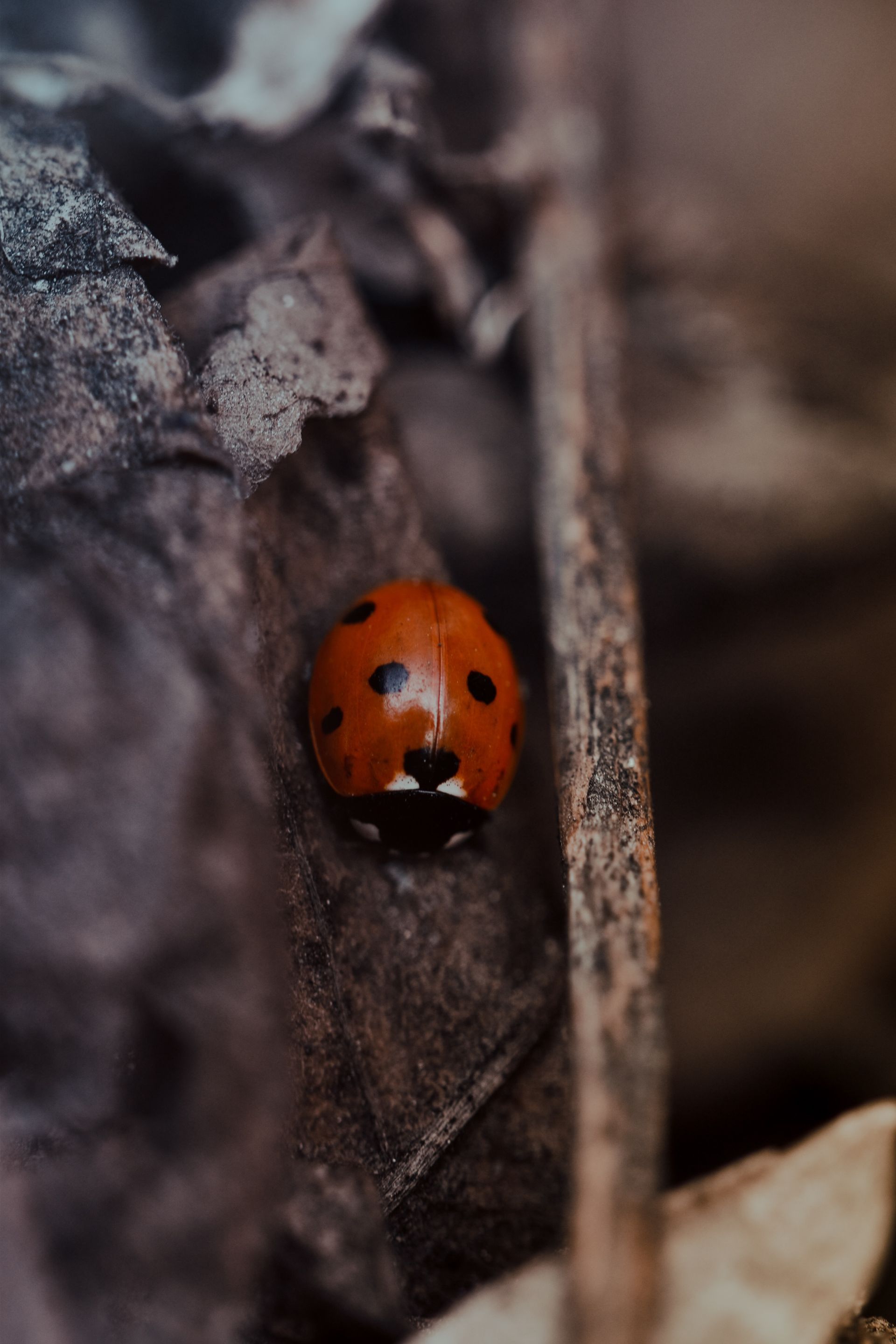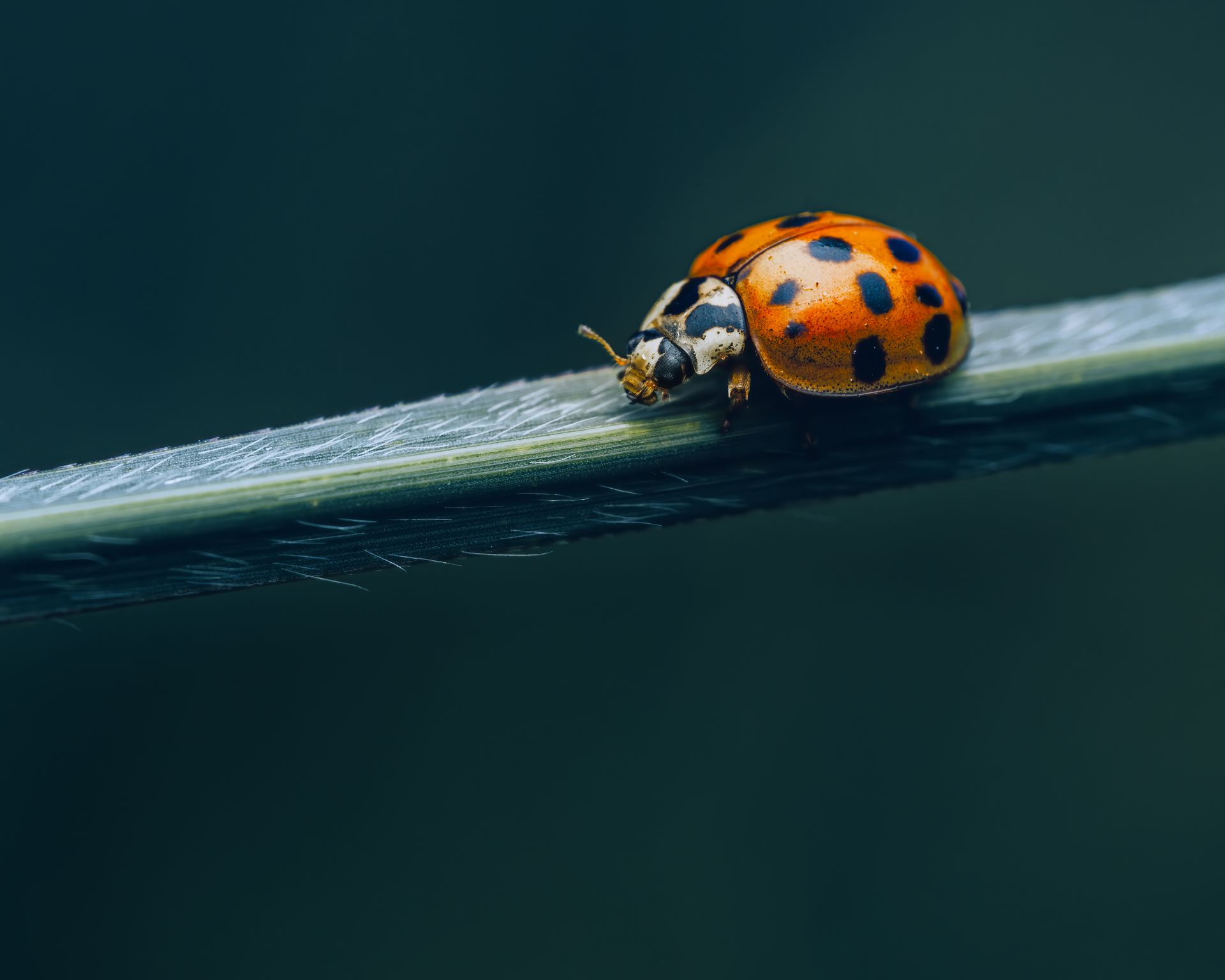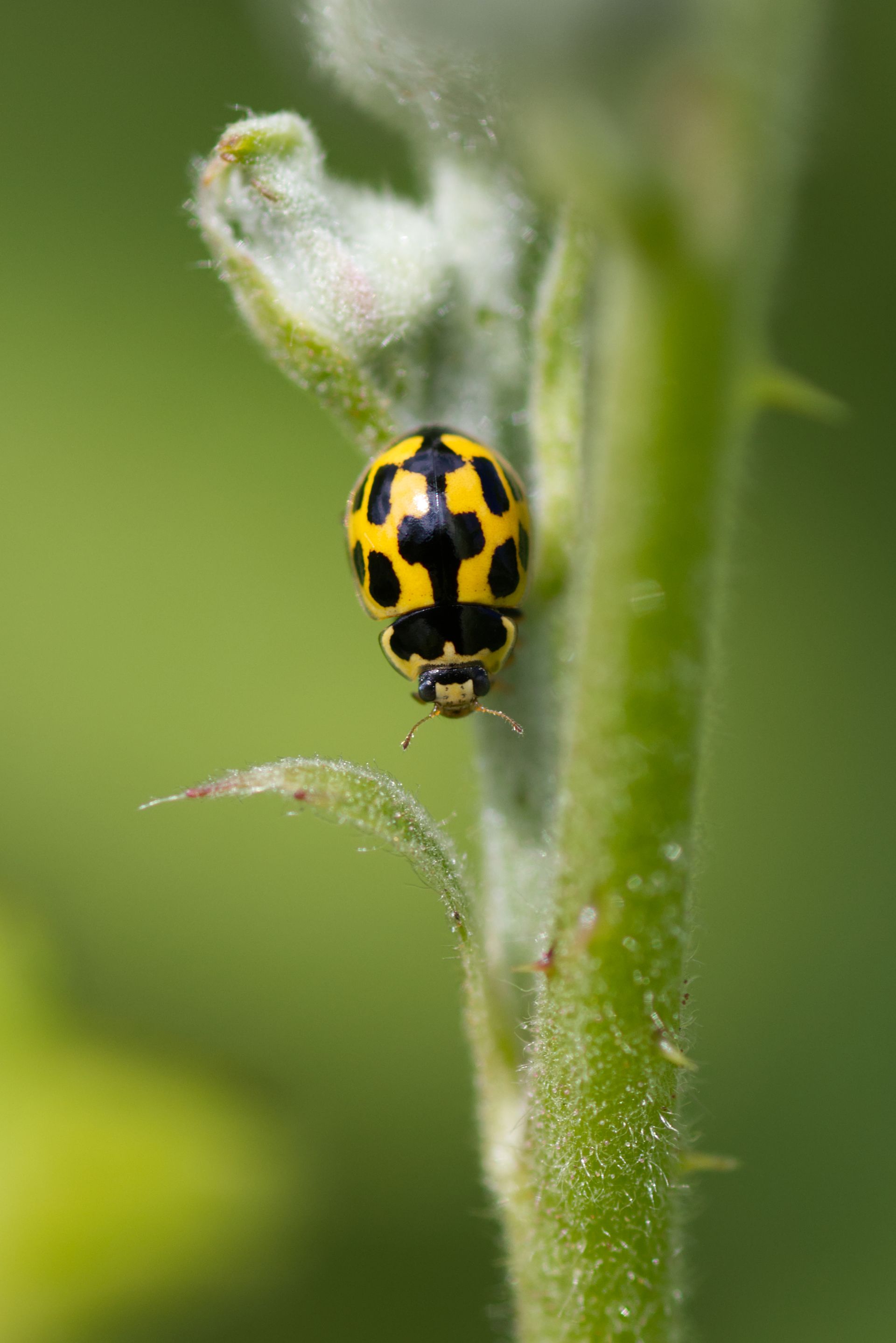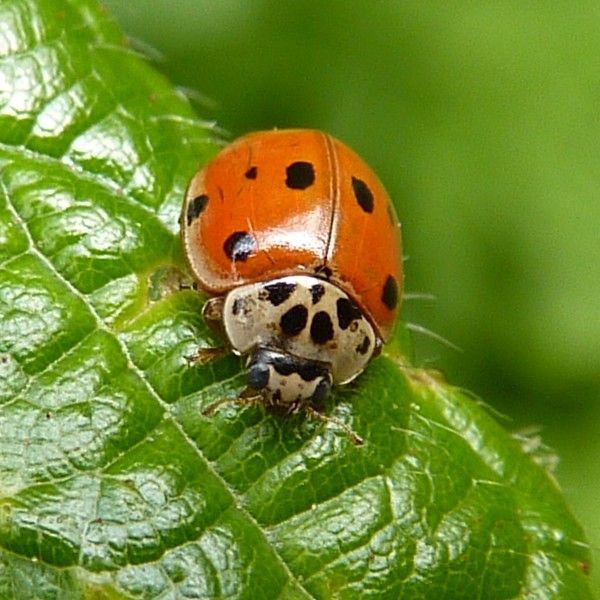Ladybird Control: How to Get Rid of Ladybirds
Ladybirds can become a nuisance when they invade homes in large numbers. In this article, we'll discuss the most effective methods for controlling ladybirds in and around your home, common species of ladybird and some reasons why you should consider controlling them in your home with Pale Horse Pest Control.
Understanding How To Control Ladybirds
Ladybirds belong to the family Coccinellidae and are native to most parts of the world. They have a distinctive, round shape and are usually brightly coloured in shades of red, orange or yellow. Ladybirds have a hard exoskeleton that protects them from predators and the elements.
Ladybirds feed on small insects and aphids, which are plant-sucking pests that can damage crops and garden plants. By eating these pests, ladybirds help to control their populations and keep gardens and crops healthy.
Identifying a Ladybird Infestation
Ladybird infestations can be identified by the large numbers of beetles that are found in and around your home.
You may notice clusters of ladybirds on windowsills, doors and walls, or see them flying around inside your home.
If you suspect a ladybird infestation, it is important to take action quickly to prevent the problem from getting worse.
Prevention and Control Measures
The best way to prevent ladybird infestations is to make your home less attractive to them. This can be done by sealing cracks and gaps in your windows and doors, using screens on windows and vents, and ensuring that there are no open spaces where ladybirds can enter.
If you already have a ladybird infestation, there are several effective control measures that you can take.
Physical Removal
One of the simplest and most effective methods for controlling ladybirds is to physically remove them from your home. This can be done using a vacuum cleaner or by gently brushing them into a container and releasing them outside.
Natural Repellents
Another option for controlling ladybirds is to use natural repellents. Essential oils, such as eucalyptus, lavender, and lemon, can be sprayed around your home to repel ladybirds. You can also use garlic or chrysanthemum extracts as natural repellents.
Chemical Control
If natural methods are not effective, chemical control measures can be used. Insecticides, such as pyrethrin, permethrin, and carbaryl, can be applied to surfaces where ladybirds are found to kill them.
It is important to follow the label instructions and take safety precautions when using chemical insecticides.
Ladybirds may be beneficial insects, but they can become a nuisance when they invade homes in large numbers. By understanding their habits and taking preventive and control measures, you can effectively get rid of ladybirds and keep your home pest-free.
5 Common Species of Ladybirds Found in the UK
Ladybirds, also known as ladybugs, are a common sight in the UK and are widely recognised for their brightly coloured, round bodies.
These beneficial insects play an important role in controlling pests and maintaining the balance of ecosystems. In this article, we'll introduce you to five of the most common species of ladybirds found in the UK.
7-spot ladybird (Coccinella septempunctata)

The 7-spot ladybird is one of the most commonly found species in the UK. As its name suggests, it has seven black spots on its red wings and a black head. This species is usually seen from April to October and feeds on aphids, mites, and other small insects.
Harlequin ladybird (Harmonia axyridis)

The harlequin ladybird is an introduced species that is now widely found in the UK. This species is easily recognisable by its distinctive black and orange markings, which can vary in pattern. Harlequin ladybirds feed on a wide variety of insects and are considered to be beneficial in controlling pests.
2-spot ladybird (Adalia bipunctata)

The 2-spot ladybird is a common species found in the UK, with its two black spots on its red wings. This species is usually seen from March to October and feeds on aphids, mites, and other small insects.
14-spot ladybird (Propylea quattuordecimpunctata)

The 14-spot ladybird is a less common species in the UK, with its 14 black spots on its yellow wings. This species is usually seen from April to September and feeds on aphids and mites.
10-spot ladybird (Adalia decempunctata)

The 10-spot ladybird (Adalia decempunctata) is a less common species in the UK, with its 10 black spots on its red wings. This species is usually seen from March to October and feeds on aphids and mites.
5 Reasons for Controlling Ladybirds in the UK
While ladybirds are generally considered beneficial insects, there are certain situations where people may want to control their population. Here are five common reasons why people would control ladybirds in the UK:
Infestation in Homes
Ladybirds can become a nuisance when they invade homes in large numbers, seeking shelter from the cold. This can happen during the winter months when they gather in large numbers to hibernate. If a large number of ladybirds gather in one location, they can cause a strong, unpleasant odour and leave behind unsightly yellow and black stains.
Damage to Crops
Ladybirds can also cause damage to crops, especially if they are in large numbers. This is because they feed on aphids, mites, and other small insects, which can be beneficial to crops. If the population of ladybirds becomes too large, they can consume all the available prey, causing a significant reduction in the crop yield.
Health Concerns
While ladybirds are not known to carry any diseases that are harmful to humans, their large numbers in homes can cause health concerns. Ladybirds emit a pheromone that can irritate the eyes, nose, and throat, causing symptoms such as sneezing, coughing, and itchy eyes.
Non-Native Species
The harlequin ladybird (Harmonia axyridis) is an introduced species that is not native to the UK. This species is known to outcompete native species for food and habitat, which can have a negative impact on the local ecosystem. In some cases, people may choose to control the population of harlequin ladybirds to protect native species.
Protection of Rare Species
Ladybirds can also have a negative impact on rare species, such as the rare two-spot ladybird (Adalia bipunctata). In some cases, people may choose to control ladybird populations to protect rare species and maintain the balance of the ecosystem.New paragraph